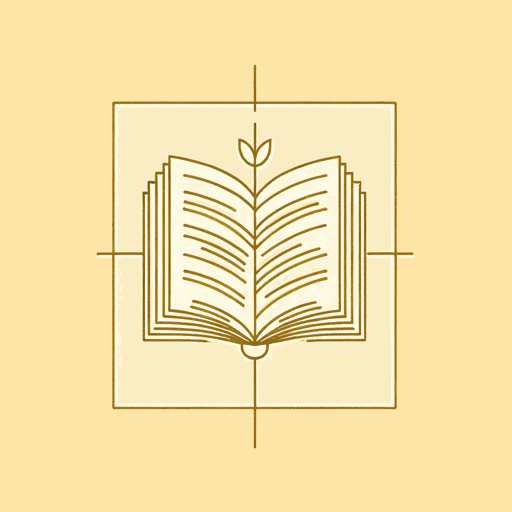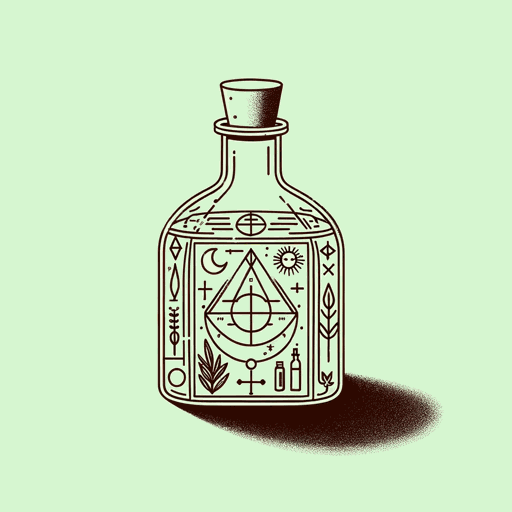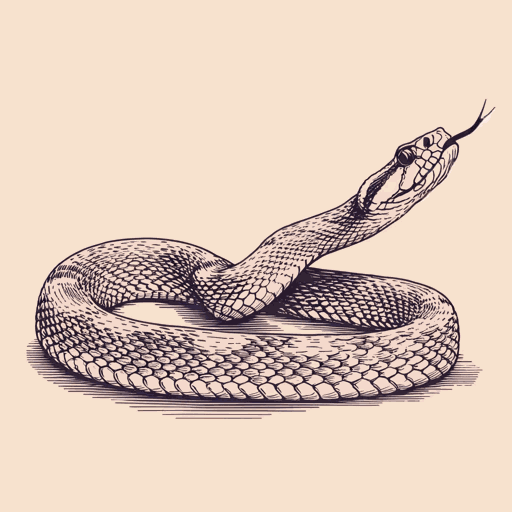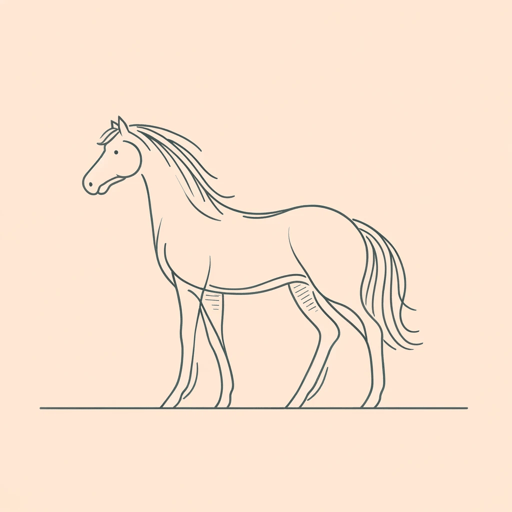46 pages • 1 hour read
Zora Neale HurstonMoses, Man of the Mountain
Fiction | Novel | Adult | Published in 1939A modern alternative to SparkNotes and CliffsNotes, SuperSummary offers high-quality Study Guides with detailed chapter summaries and analysis of major themes, characters, and more.
Symbols & Motifs
The Book of Thoth
Within Hurston’s political allegory, the Book of Thoth—a difficult-to-obtain book containing all of human knowledge—acts as a powerful symbol of literacy and technical training. As a young boy, Moses first hears of the Book of Thoth from his mentor, Mentu. Mentu claims that “when you read only two pages in this book you will enchant the heavens, the earth, the abyss, the mountain, and the sea” (56). Significantly, the Book is hidden within six boxes and guarded by a deathless snake—precautions that suggest that the knowledge it contains is dangerous in the hands of the people. As Mentu warns, anyone who reads it “would be too powerful for the palace” (57). Ultimately, Moses does find and read the Book of Thoth as an adult, and as a result “a divine power [is] with him” (117). This divine power leads Moses to God in Mt. Sinai, and ultimately to free the Hebrews from Egypt.
Because the Hebrews correlate with enslaved Africans in Hurston’s political allegory, the Book of Thoth functions as a symbol of literacy and radical self-reliance. Enslavers in the American South fought literacy among the enslaved in order to prevent them from working together and sharing their experiences.
Related Titles
By Zora Neale Hurston

Barracoon: The Story of the Last "Black Cargo"
Zora Neale Hurston

Drenched in Light
Zora Neale Hurston

Dust Tracks on a Road
Zora Neale Hurston

Hitting a Straight Lick with a Crooked Stick
Zora Neale Hurston

How It Feels To Be Colored Me
Zora Neale Hurston

Jonah's Gourd Vine
Zora Neale Hurston

Mule Bone: A Comedy of Negro Life
Langston Hughes, Zora Neale Hurston

Mules and Men
Zora Neale Hurston

Seraph on the Suwanee
Zora Neale Hurston

Spunk
Zora Neale Hurston

Sweat
Zora Neale Hurston

Tell My Horse: Voodoo and Life in Haiti and Jamaica
Zora Neale Hurston

The Eatonville Anthology
Zora Neale Hurston

The Gilded Six-Bits
Zora Neale Hurston

Their Eyes Were Watching God
Zora Neale Hurston

